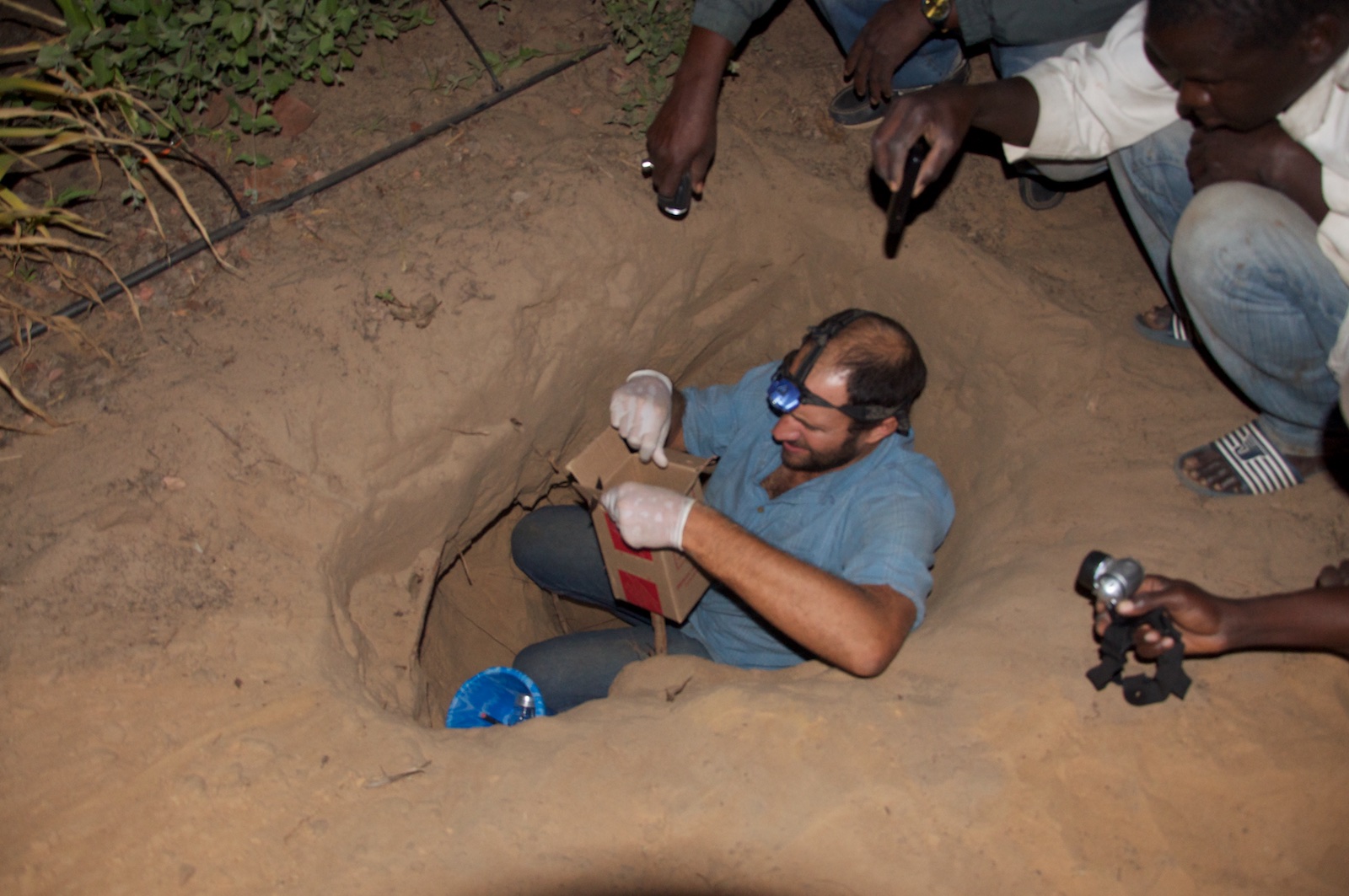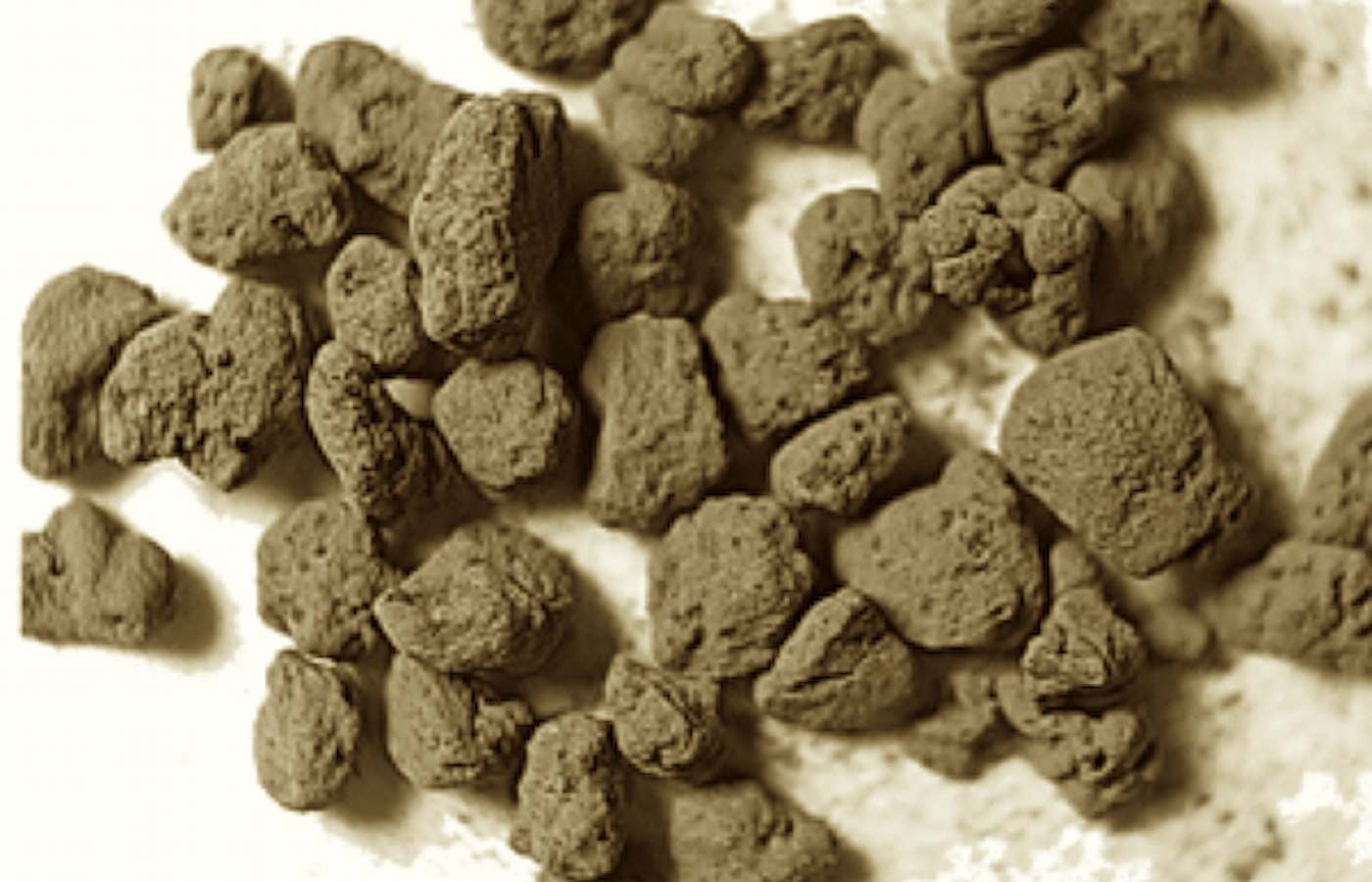PaperCast: AI-Powered Research Insights
Exploring Our Publications Through Intelligent Audio Summaries
Welcome to PaperCast, where cutting-edge AI technology meets academic research. Using NotebookLM, we've created in-depth audio explorations of select publications from our lab's bibliography. These AI-generated summaries offer a novel way to engage with our research, providing accessible insights into both our latest findings and select works from our past.
Each paper is presented as a card, complete with bibliographic details and an accompanying audio deep dive.
To ensure transparency and quality control, we've implemented a star rating system for each podcast. This rating reflects our assessment of how accurately the AI-generated content represents the original paper's core ideas and findings. Please note that while these audio summaries offer valuable overviews, they are AI-generated and should be considered as complementary to, not substitutes for, the original publications. We encourage listeners to refer to the full papers for comprehensive information and nuanced discussions.
Impact of biochar amendments on soil water and plant uptake dynamics under different cropping systems.
Thao et al
Vadose Zone J., 2023
Root uptake under mismatched distributions of water and nutrients in the root zone.
Yan and Ghezzehei
Biogeosciences, 2020
Physics-Informed Neural Networks With Monotonicity Constraints for Richardson-Richards Equation
Bandai and Ghezzehei
Water Resour. Res., 2020
Using Machine Learning for Prediction of Saturated Hydraulic Conductivity & Its Sensitivity
Araya and Ghezzehei
Water Resour. Res., 2019

Hydraulic Redistribution by Native Sahelian Shrubs--Bioirrigation to Resist In-Season Drought.
Bogie et al.
Fron. Environ. Sci., 2018
Biochar can be used to recapture essential nutrients from dairy wastewater & improve soil quality.
Ghezzehei et al.
Solid Earth, 2014
Constraints for flow regimes on smooth fracture surfaces.
Ghezzehei
Water Resour. Res., 2005

Dynamics of soil aggregate coalescence governed by capillary and rheological processes.
Ghezzehei and Or
Water Resour. Res., 2000
I also have fond memories of Reviewer 2's feedback. They disclosed their name and happen to be a big deal in the field, although I have never met them until years later:
SUMMARY: This is a major paper that identifies flow regimes for single smooth fractures. The culmination of the analysis is Figure 13 – a phase diagram that is destined to be a classic contribution to this field. I have no reservations in recommending this work for publication. The paper is also very well-written and thoroughly proof-read. I have only two comments – one minor and one conceptual."What makes this PaperCast special is how it not only summarizes the technical content but also added extra analysis on the depth of the research. It's a testament to how AI can breathe new life into our published works, making them accessible in new and exciting ways. We invite you to listen to this PaperCast and others. We welcome your feedback as we continue to refine this AI-assisted approach to research dissemination.
* In keeping with our commitment to transparency in AI use, we note that this introductory text was also generated with AI assistance, using Claude, an AI assistant created by Anthropic.
